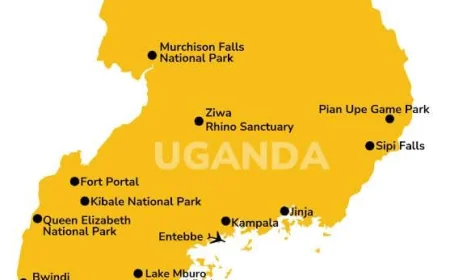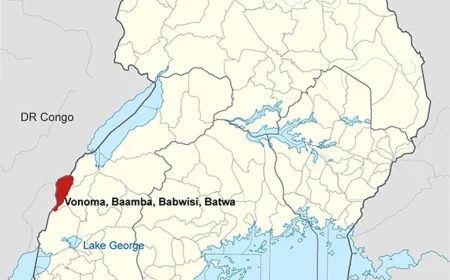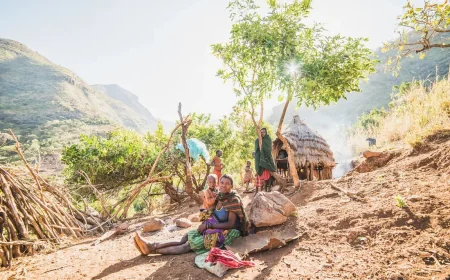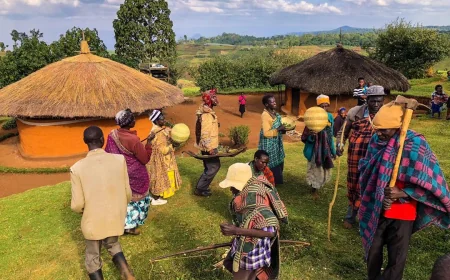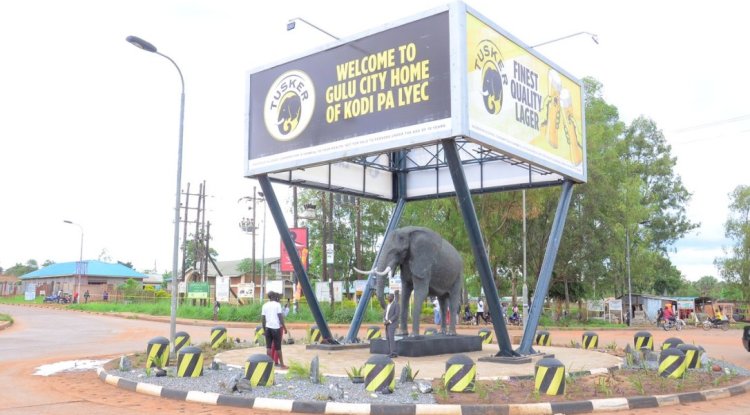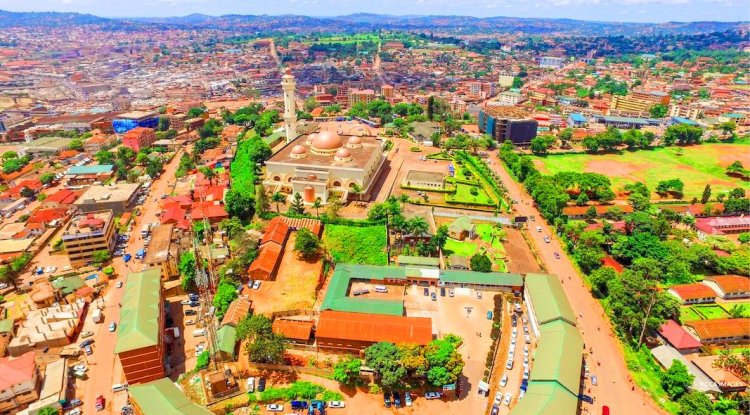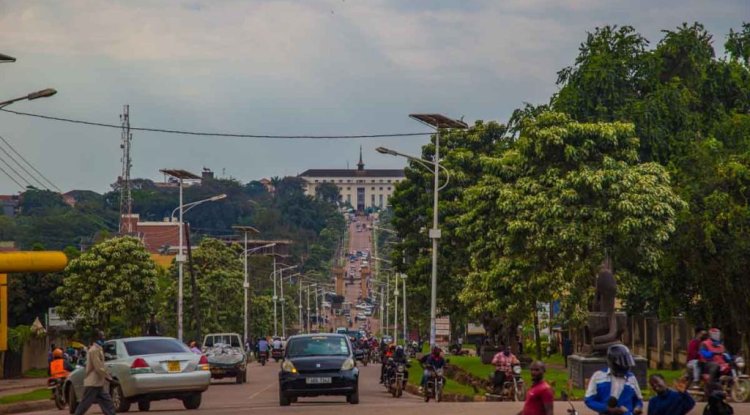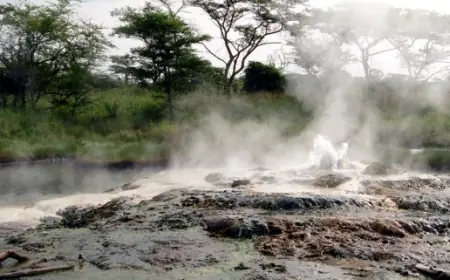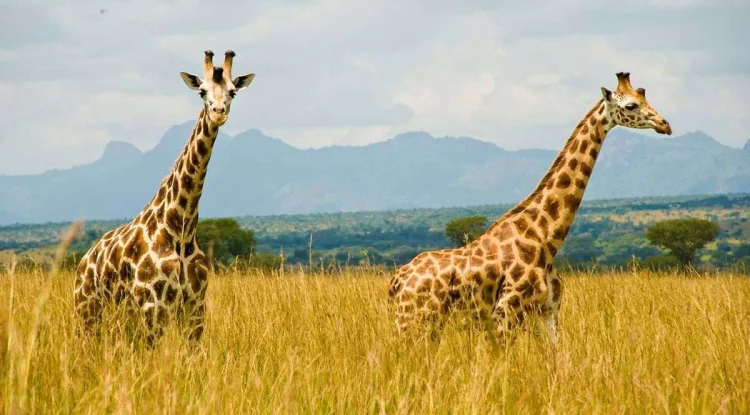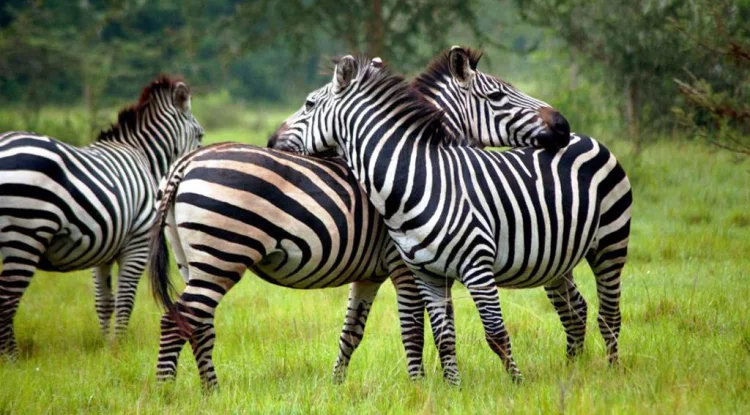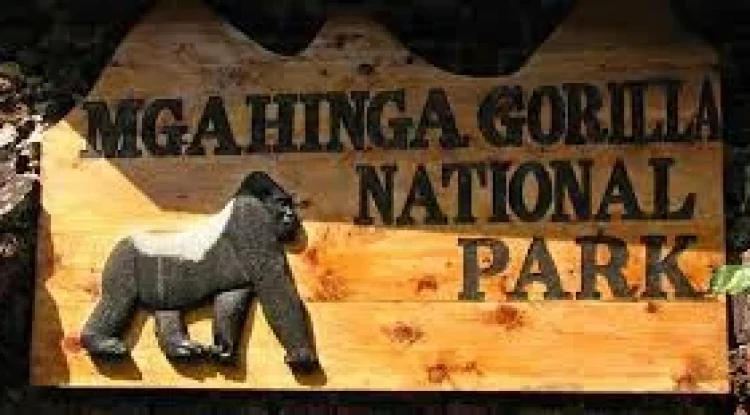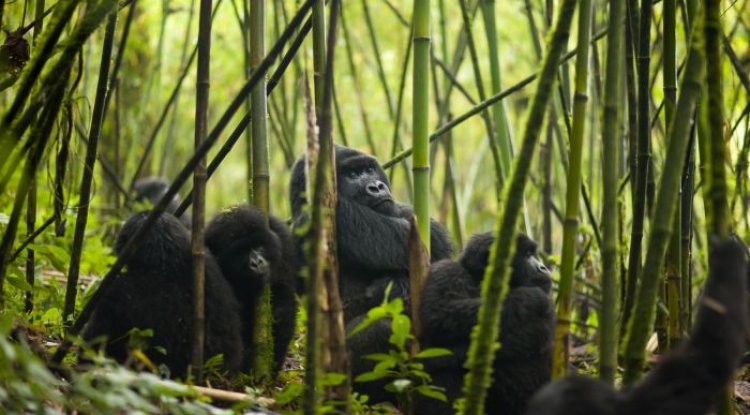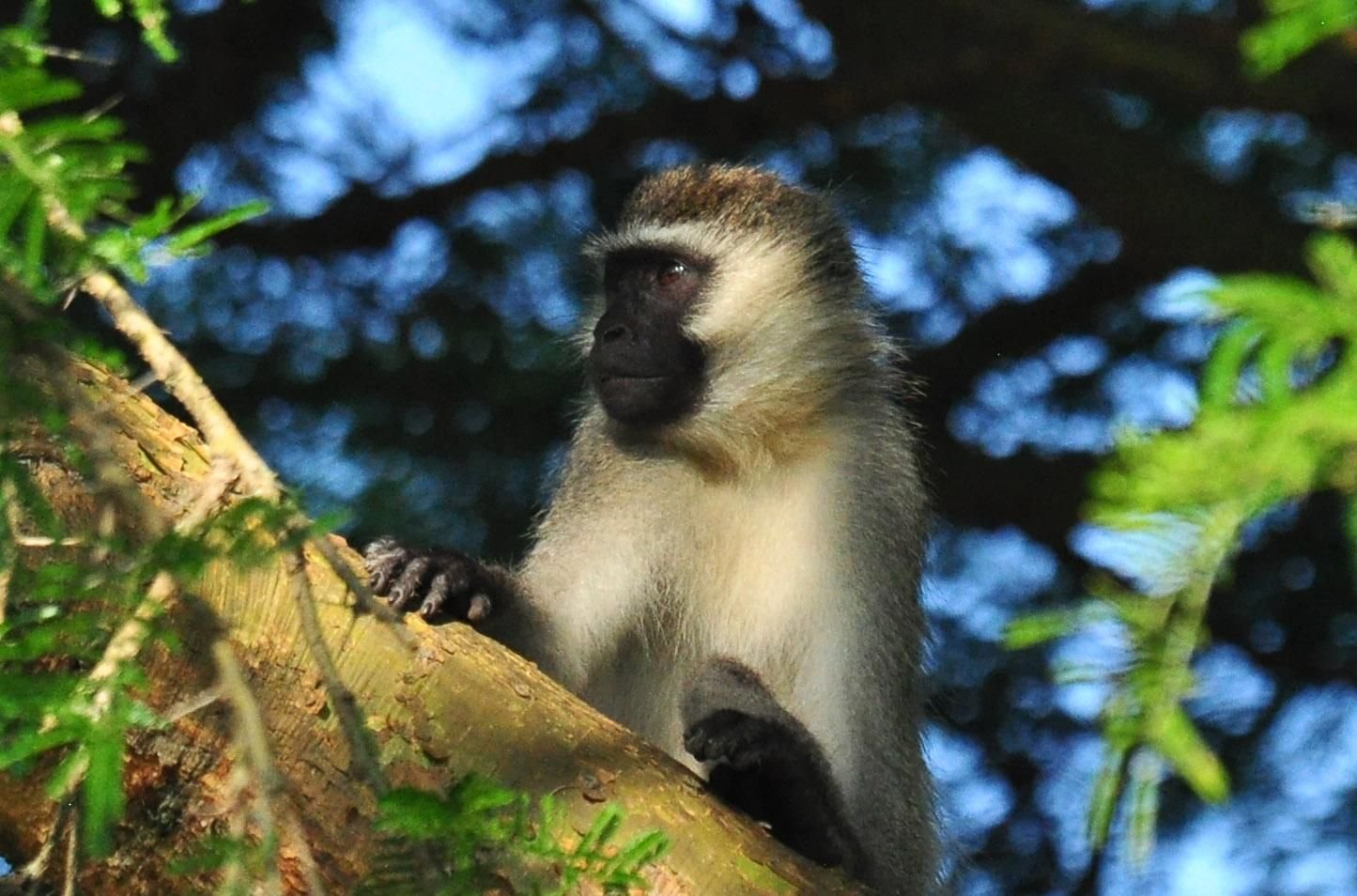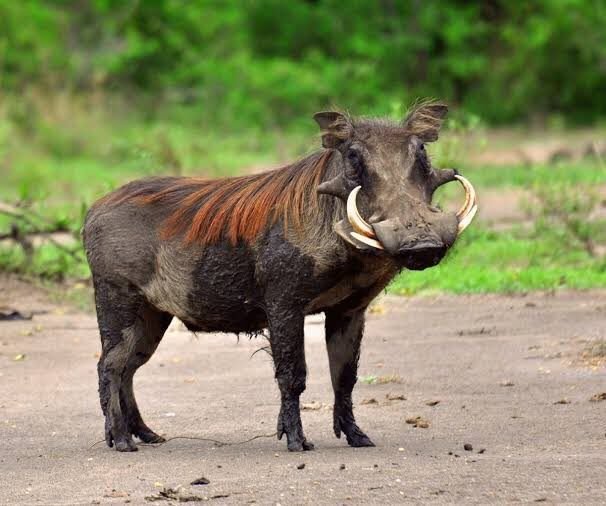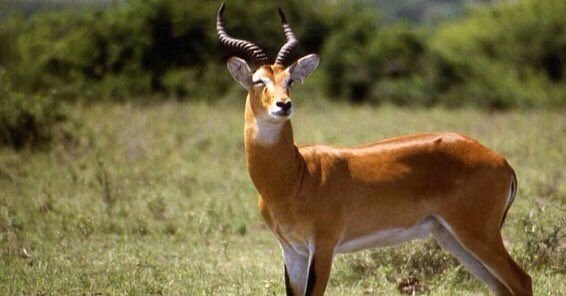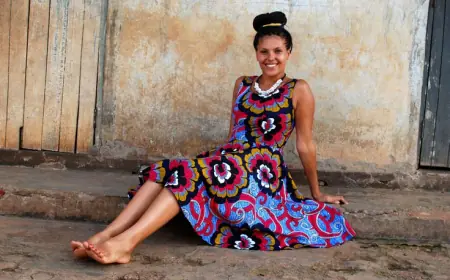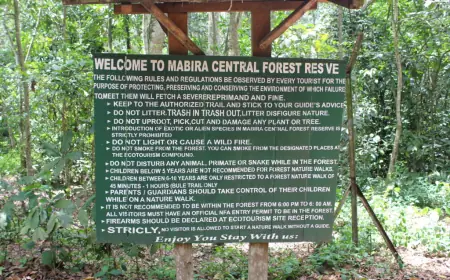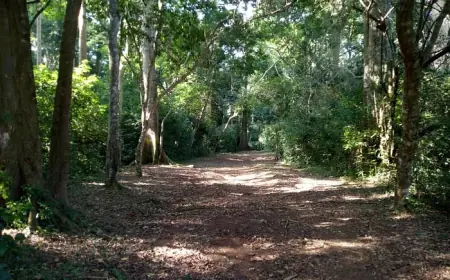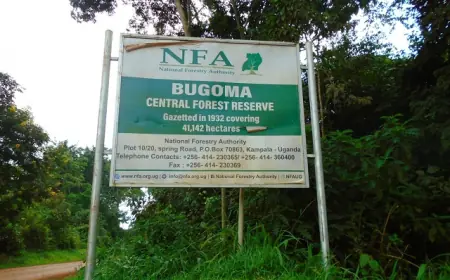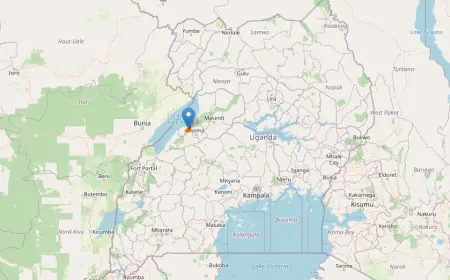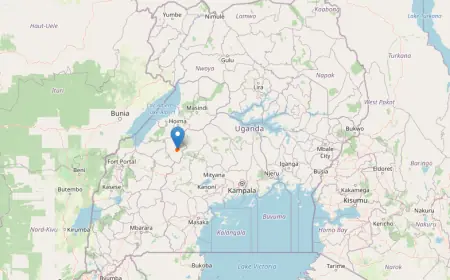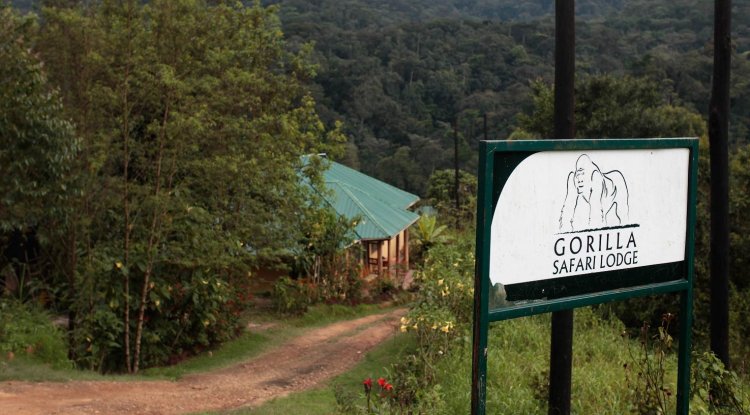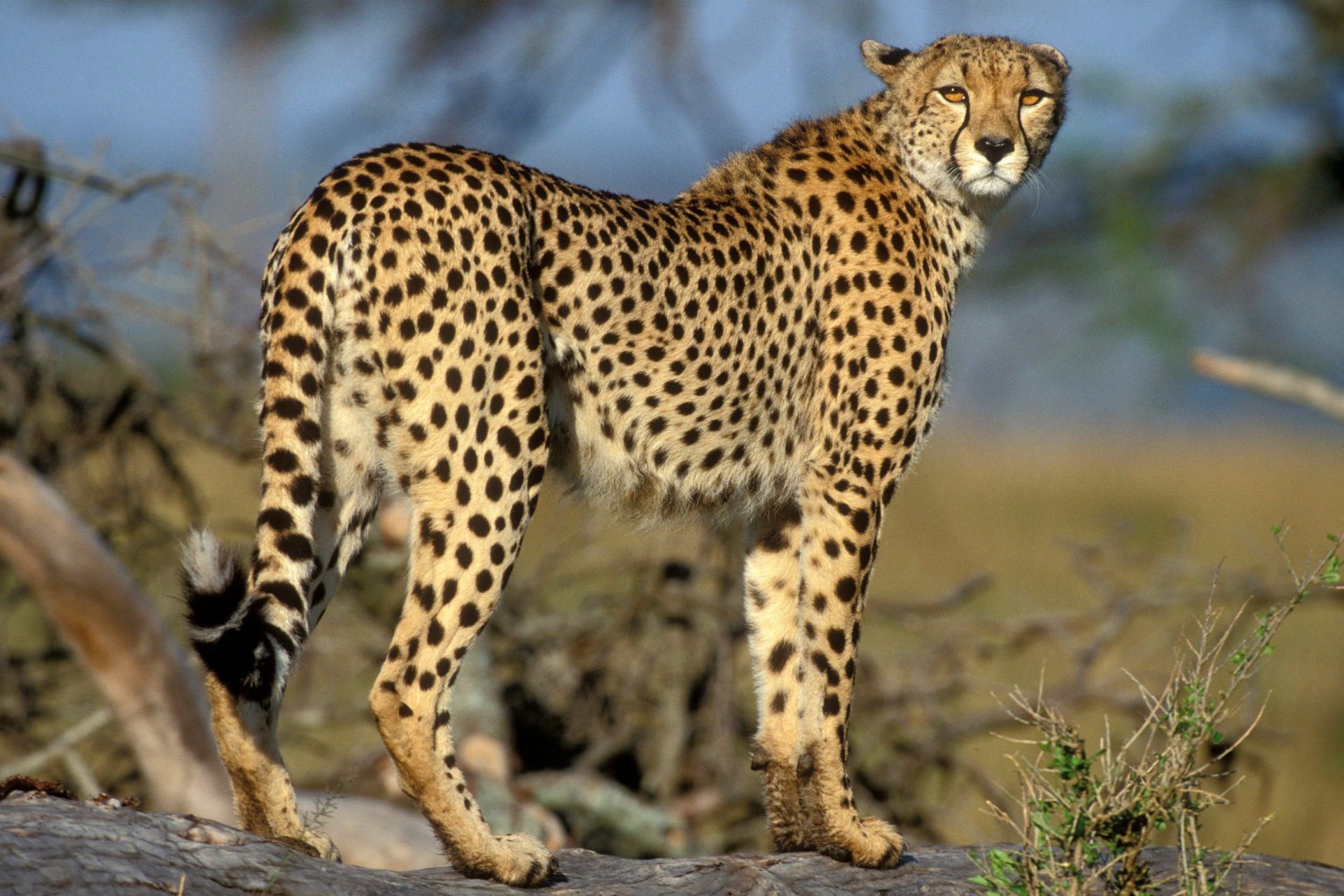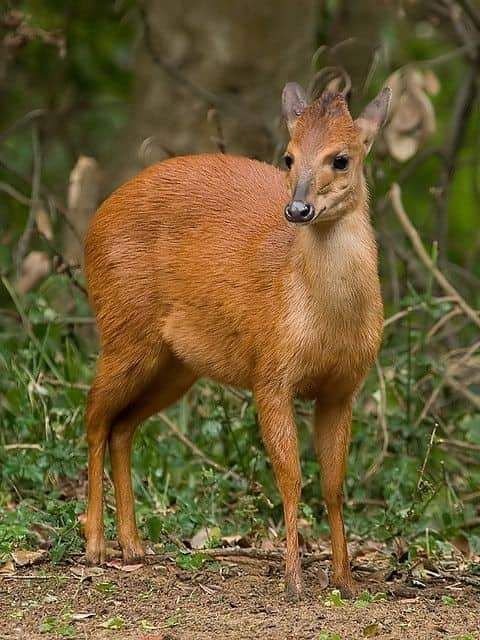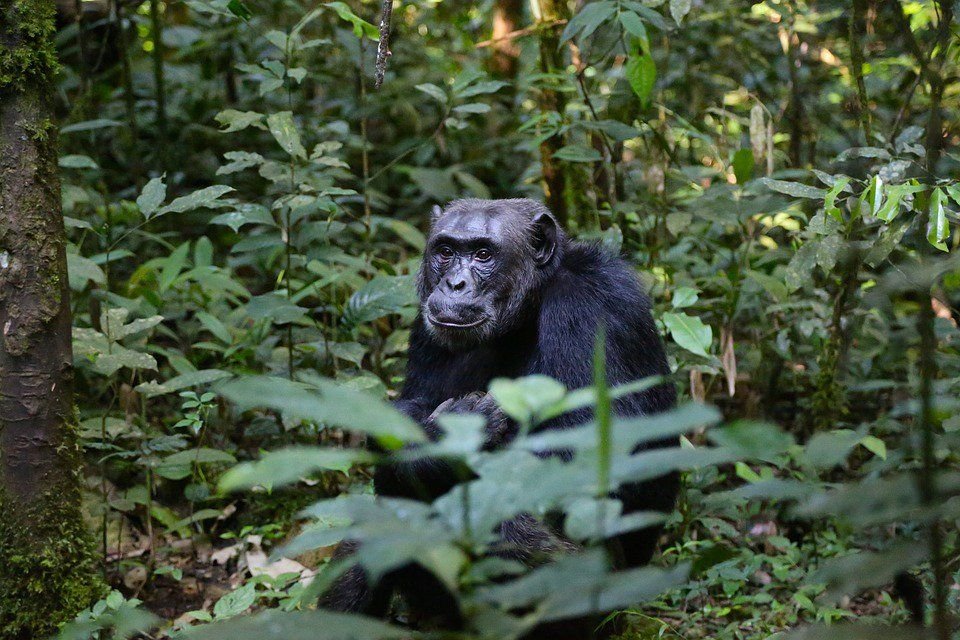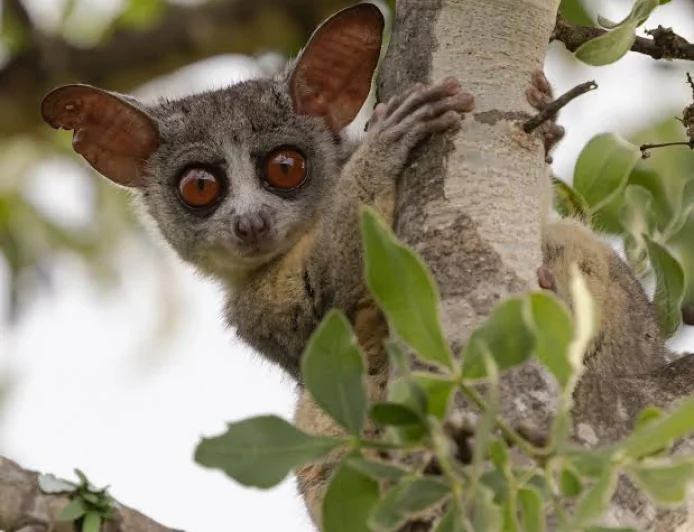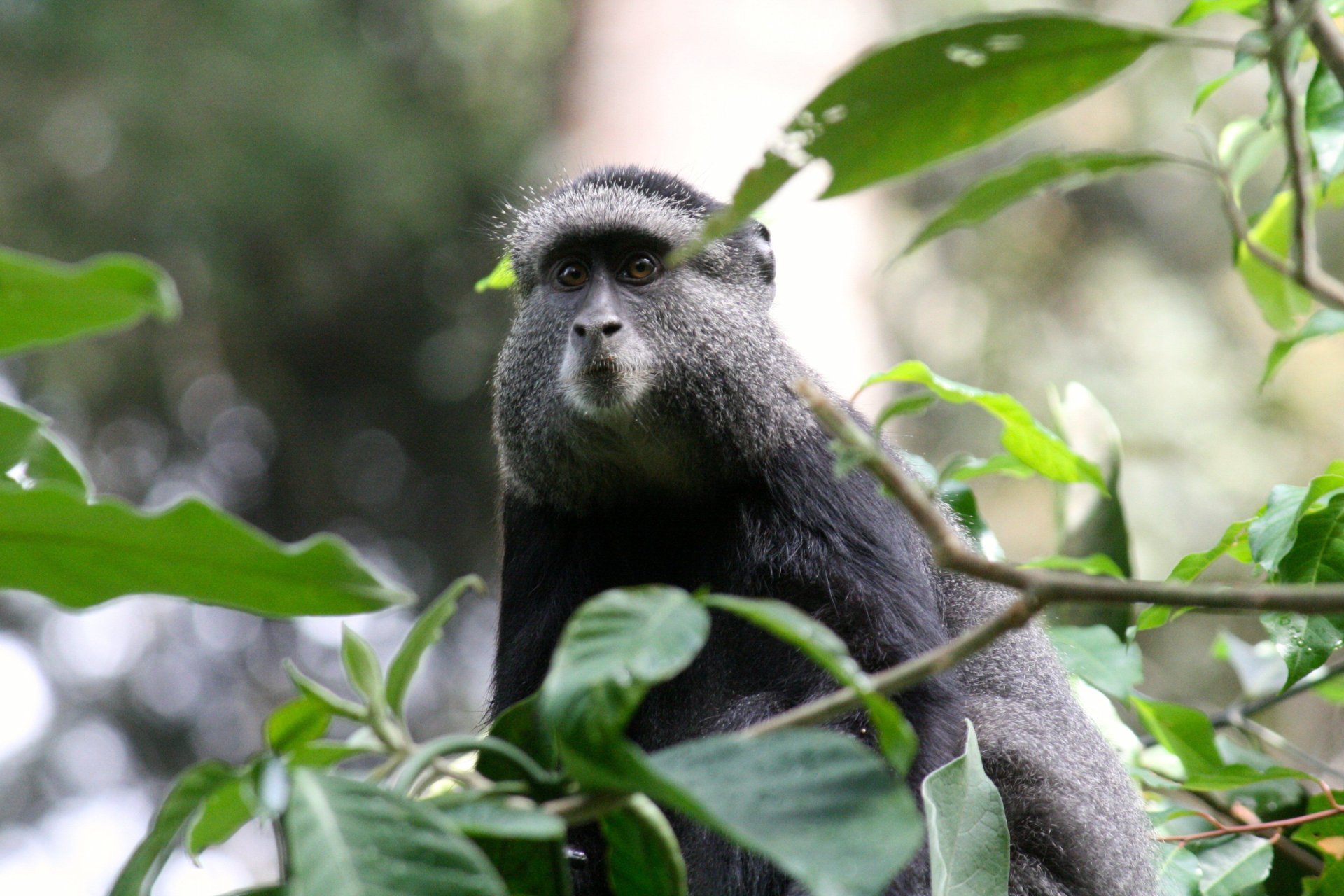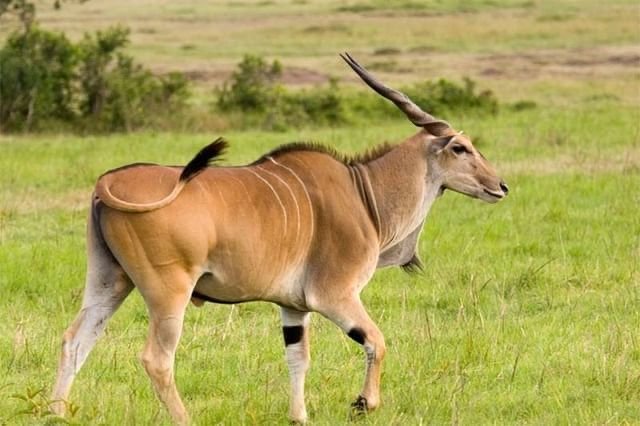The Red-Tailed monkey
In Uganda, the red-tailed monkey is one of the most common guenom primate species, with numbers of up to 60 individuals per square kilometre. Kibale Forest, Bwindi Impenetrable, Semuliki, and Queen Elizabeth National Parks are just a few of the places in Uganda where you can see the red-tailed monkey in its natural habitat. They can be spotted at Budongo, Mpanga, and other national parks that feature protected forests.
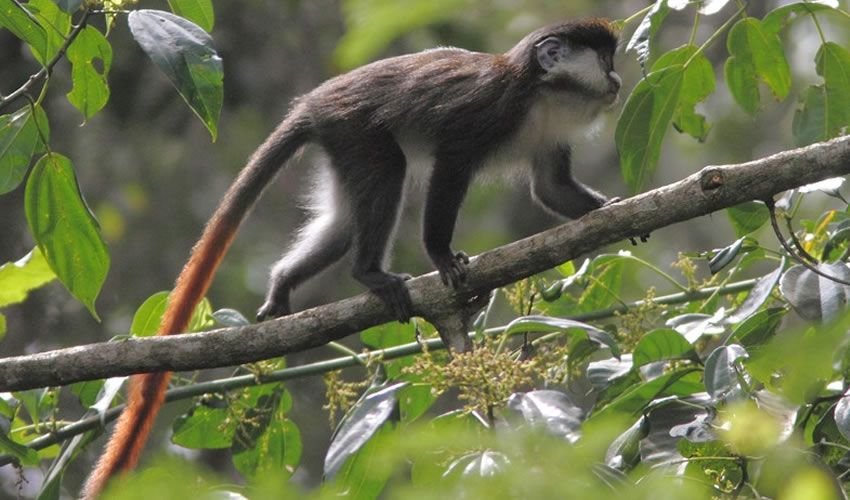
Cercopithecus ascanius is a species of primate in the family Cercopithecidae. It is also known as the red-tailed monkey, black-cheeked white-nosed monkey, red-tailed guenon, Redtail monkey, or Schmidt's guenon.
It can be found in the following countries: Angola, Cameroon, the Central African Republic, the Democratic Republic of the Congo, Kenya, Rwanda, South Sudan, Tanzania, Uganda, Zambia, and maybe even Burundi. It is common for the red-tailed monkey to be either black, red, or orange. Although it originated in this area, this plant has successfully colonised new territories to the north and south. As a result of human activities like logging, hunting, and poaching, this unique animal is in danger of extinction from losing its natural habitat.
There is a wide range in body sizes, both across people and between sexes (males are typically larger than females). The body length is between 12 and 24 inches (1 and 2 feet), while the tail is about 35 inches long, making the total length about twice as long. A typical adult can carry around 4 kg.
red-tailed monkeys behaviour
Red-tailed monkeys are highly social primates that congregate in groups of seven to thirty. Each group has one dominant male, many females, and a few young adults (either male or female). Men in the group tend to stick together all day and for the rest of their lives until they reach sexual maturity. Males of the red-tailed monkey species will eventually leave the group into which they were born and either create all-male groups with other males of the species or live independently until they are able to replace the dominant male of another group.
Allomaternal care is something that females do, in which members of a group care for each other's children as well as their own. When resources are plentiful, people of all walks of life tend to come together for mutual support.
Though they spend most of their time in trees, they occasionally venture down to the ground. They are far more active and can reach much higher speeds in the trees than they do on the ground. They use all four limbs for movement on land. While they spend most of their time in trees, they do spend some time foraging on the ground and resting there.
Vocalisations
The many means through which red-tailed monkeys convey information are indicative of the nature of the information being sent. These monkeys use both oral and physical signals to express dominance, submission, and greetings within groups. Red-tailed monkeys talk to each other using their voices. The monkey who is not in charge makes a soft, pulsing call to the monkey who is in charge. Two red-tailed guenons greeting each other by touching noses is an example of how well they can talk with their bodies. Affectionate gestures like this can lead to more light-hearted interactions. One way to keep yourself safe from possible danger is to use visual signals to tell others to stay away.
red-tailed monkeys’ diet.
Even though they like fruit best, red-tailed monkeys are technically omnivores because they also eat leaves, flowers, and insects. These monkeys use their movable cheeks to carry their food finds back to their dens as they forage. If they find a lot of food in one place, they can store it in their pouches and move to a safer spot where they won't have to worry about being robbed.
Where to see Uganda's red-tailed monkeys
With a population density of up to 60 individuals per square kilometre, this species is relatively widespread in certain parts of Uganda.
Kibale Forest, Bwindi Impenetrable, Semuliki, and Queen Elizabeth National Parks are just a few of the places in Uganda where you can see the red-tailed monkey in its natural habitat. They can be spotted at Budongo, Mpanga, and other national parks that feature protected forests.
What's Your Reaction?
 Like
0
Like
0
 Dislike
0
Dislike
0
 Love
0
Love
0
 Funny
0
Funny
0
 Angry
0
Angry
0
 Sad
0
Sad
0
 Wow
0
Wow
0
